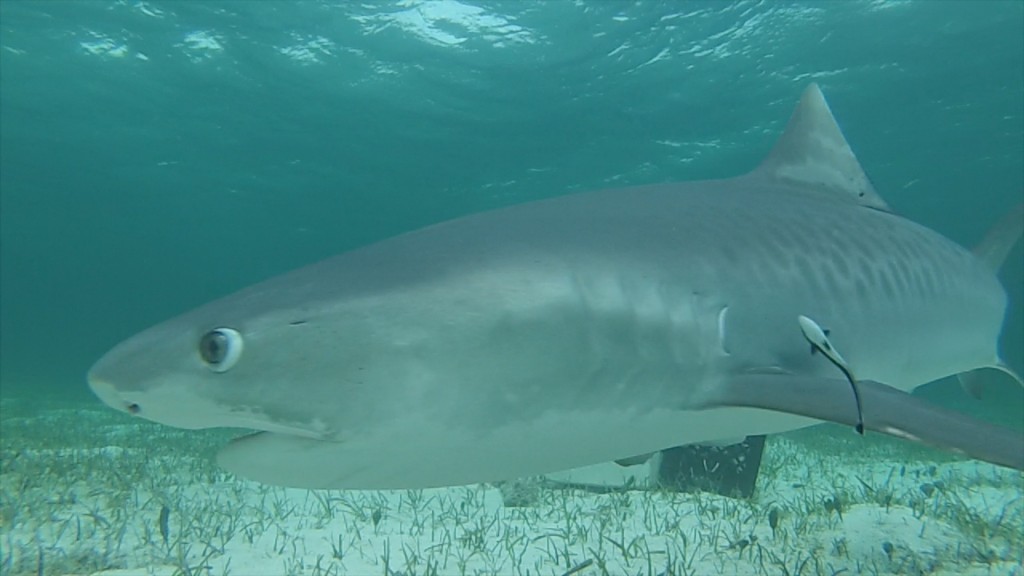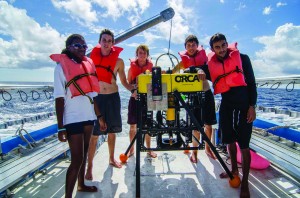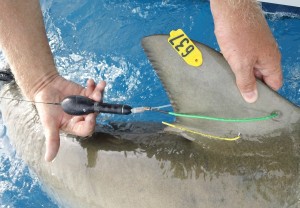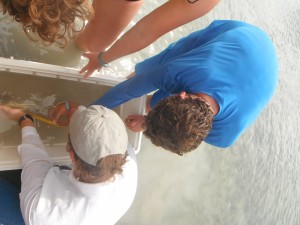
FRIENDS of the Environment hosted the 6th Biennial Abaco Science Alliance Conference (ASAC). The conference goals were to provide a forum for networking and information sharing for Abaco and Bahamas-based research projects, to encourage the use of research for local education and environmental management purposes and to stimulate further research in The Bahamas.
The research and educational programs team traveled from South Eleuthera to Marsh Harbour, Abaco to represent the Cape Eleuthera Institute. The team presented on various research topics currently conducted at the Institute. From mangrove restoration to deep water sharks, here is list of ASAC attendees representing CEI:
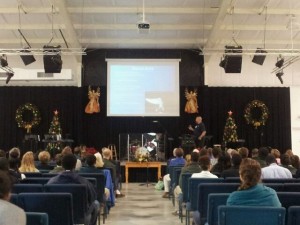
Stephen B Cone Jr, an outstanding 2013 summer flats intern, gave a talk titled “The mangrove action plan: an adaptive outreach and ecosystem rehabilitation initiative.”
Dr Owen OʼShea, research associate for CEI’s shark research and conservation program, gave a fantastic talk on deep water elasmobranch surveys. His deep sea videos caused much excitement!
Dr Jocelyn Curtis-Quick encouraged all to eat lionfish and talked about her study on the interactions between the Caribbean Spiny Lobster, Panulirus argus, and Invasive Lionfish, Pterois volitans.
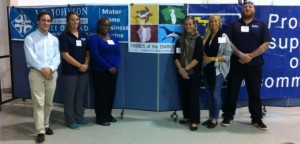
Kristal Ambrose gave a passionate talk on the spatial and temporal patterns in the abundance and diversity of plastic marine debris on beaches in South Eleuthera.
Megean Gary presented on her turtle research examining the spatial dynamics of immature Green Turtles (Chelonia mydas) within a foraging ground on the Atlantic coast of Eleuthera.
